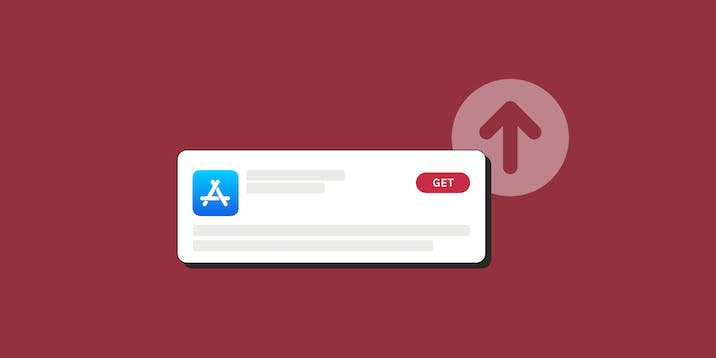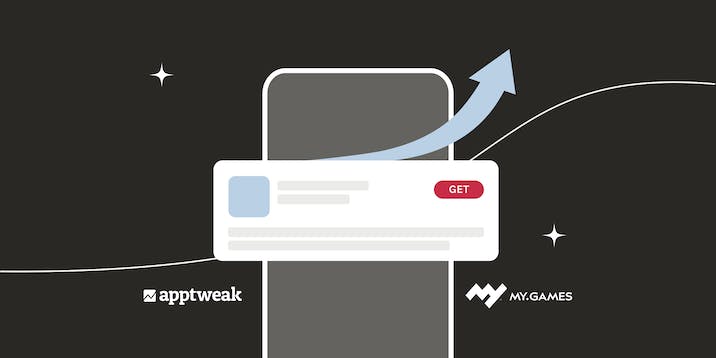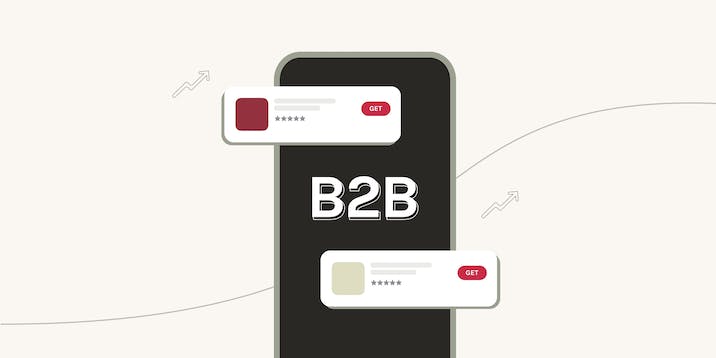
A Simple Guide to Your ASO First Steps
So you have just decided to start optimizing your app(s) and you’re a bit overwhelmed. Don’t worry, AppTweak can help you!
There are 3 simple steps to follow to get you started on optimizing your app’s keywords and increasing your organic visibility.
Build a semantic dictionary
The first thing you want to create is a list of 150–200 keywords that are all relevant to your app. Think outside the box and try to figure out what users would search for if they were looking for your app. Try to think of what keywords your competitors are using (being aware and keeping up to date on your competitors’ strategy and areas of visibility is essential in ASO). It’s also important to include long-tail keywords in there.
It can be hard to get that many keywords that relevant and that have an interesting volume simply from brainstorming on your own. That is why we have created a complete suggestion tool. It gathers keywords from different sources and suggests them to you, based on your app and competitors, to make sure they’re relevant! You can see all the keywords on which your competitors are ranked, those that bring them the most organic downloads, and even see which keywords are linked to a Story (iOS featuring).

Get insights into your app’s featurings
Use our indicators to decide which keywords to focus on
Now that you have all those keywords on your hands, it’s time to filter out the bad. Start analyzing your keywords according to volume, difficulty, and chance, but keep in mind that the ultimate goal is to try to be visible on as many keywords as possible. By visible, we mean being in the top 10 results.
- Always take keywordrelevance into consideration: If you’ve done your job correctly with your semantic dictionary, all keywords you’ve chosen should be relevant for your app. That said, some will be more relevant than others.
- Look for high volume (meaning highly popular) keywords: It’s of course more efficient to be visible on highly popular keywords.
- Balance with keyworddifficulty: Volume isn’t the only indicator you need to look for. How competitive a keyword is (meaning how many apps already rank for that keyword and how strong the top 10 apps that already rank are) matters a lot. Some words are so competitive that unless your app already has a huge recognition, it’s nearly impossible to get in the top results. To help you recognize if you have a reasonable chance of managing to rank on a difficult keyword, we’ve also developed the Chance indicator.
Check out our Difficulty and Chance scores indicators
It gets clear that if your app is just starting out and isn’t well known yet, you should target keywords that are not too competitive, even if that means they’re less popular. If you want to get downloads, you need to be visible on some words. You have a better chance of doing that on less crowded keywords. Target only huge-volume and high-difficulty keywords, and chances are you’ll never reach a decent visibility level. This means that no users will ever see your app and no one will download it.

Here you have the volume and difficulty of travel-related keywords on iOS in the US, along with the chance score and rank of the app Expedia for those keywords.
Insert the new keywords in your metadata
Now that you’ve chosen the keywords you’re going to target, you need to add them to your app’s metadata.
On the App Store, only the app name, app subtitle, and keyword fields are indexed. Put your brand name and most important keywords in the app name and subtitle (30 characters each), and the other keywords in the keyword field (100 characters). Make sure not to repeat keywords (waste of space), and to separate each single keywords by a coma (no additional space) in the keyword field. Don’t worry, you’ll rank on combinations of those single keywords as well.
On Google Play, you’ll need to add your keywords in the app name (30 characters), short description (80 characters), and long description. Contrary to the Apple algorithm, repeating keywords on Google Play is useful because the Google algorithm gives more weight to words that are repeated frequently. So make sure that your brand name and top keywords are repeated across those fields, and several times in the long description.
However, never use keywords that indicate store performance, ranking, awards, or call-to-actions in the app title, as it runs the risk of your app getting rejected by Google.
Monitor your efforts and see your hard work pay off
Monitor your ranking progression for your chosen keywords, and check how your competitors are doing on those as well.
You’ll quickly see which keywords work well for your app and bring in downloads, and which you can replace in your metadata. You should do such iterations about every 4–6 weeks (which is also the recommended time to launch a new version of your app, as algorithms favor technically up-to-date apps).
Keep in mind that ASO takes time and needs to be monitored and adapted. Keyword popularity and relevance also change seasonally, so it really is a continuous process.
Want to get started right away before forgetting what you read? Try our tool with a 7-day free trial!



 Emily Sugrue
Emily Sugrue
 Mariia Chernoplyokova
Mariia Chernoplyokova


 Sarah B. Touimi
Sarah B. Touimi
 Yuliya Tsimokhava
Yuliya Tsimokhava